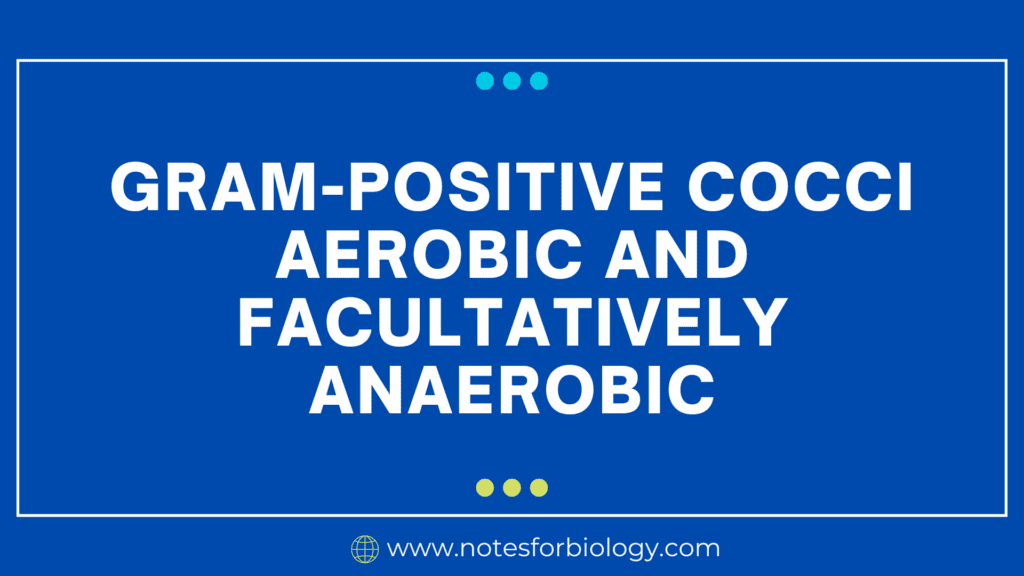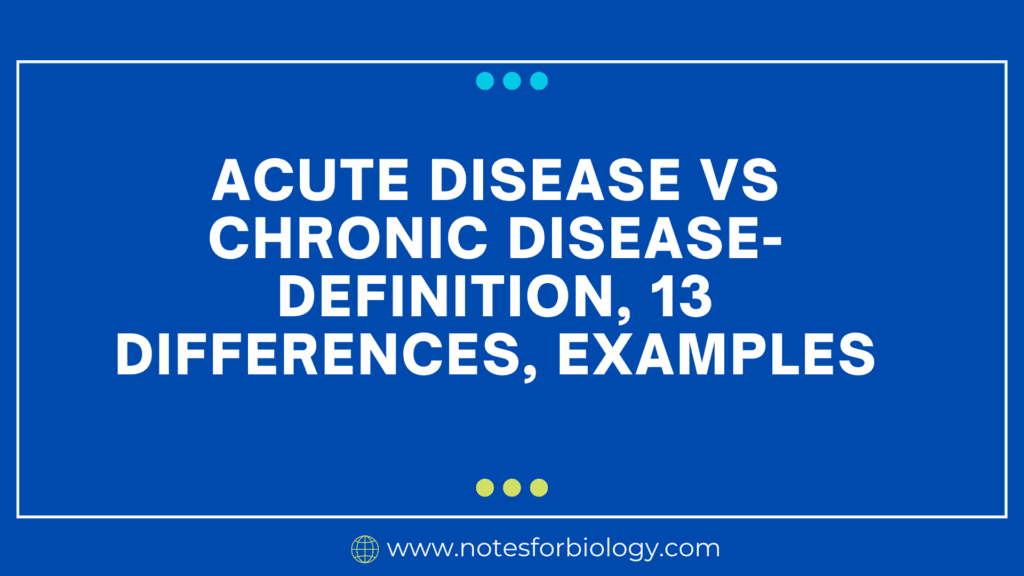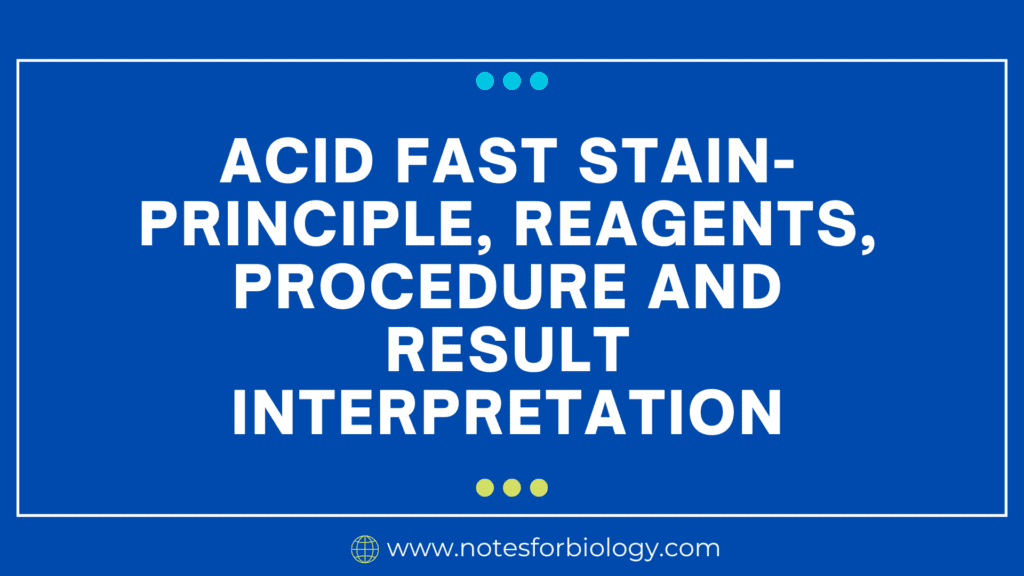Gram-Positive Cocci Aerobic and Facultatively Anaerobic
Gram-Positive Cocci are a class of bacteria that belong to several genera and are both facultatively anaerobic and aerobic. Many of these species are important in clinical and environmental settings. Below is a summary of some of the major genera and species that make up this group. Gram-Positive Cocci Aerobic Gram-Positive Cocci Aerobic Gram-Positive Cocci […]
Gram-Positive Cocci Aerobic and Facultatively Anaerobic Read More »










